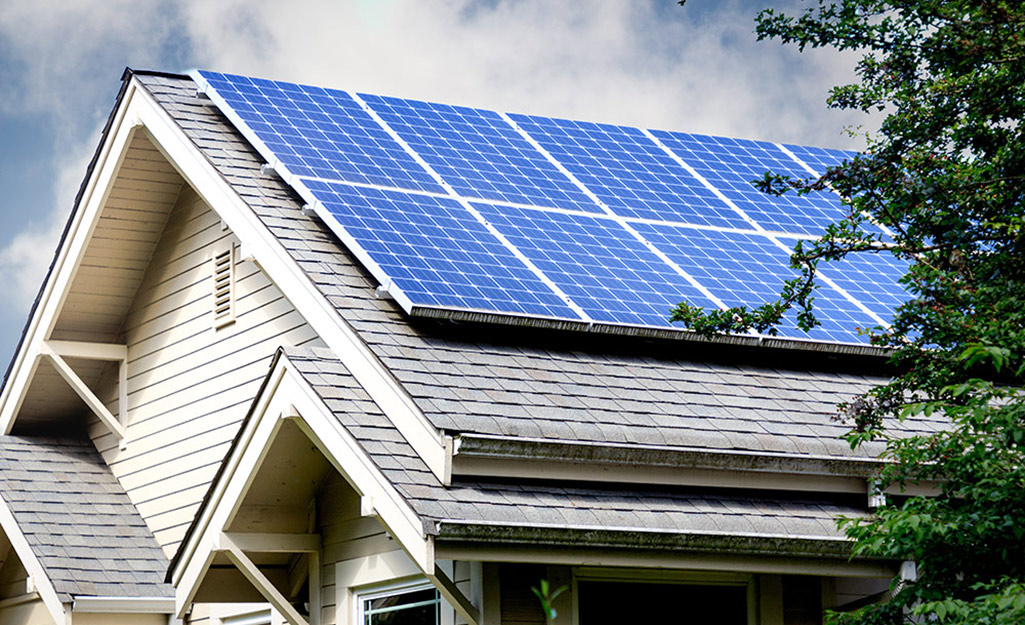Introduction:
Solar energy has emerged as a leading renewable energy source, revolutionizing the way we power our homes and businesses. Among the companies driving this change is Flatiron Solar Systems, a pioneer in the field of solar energy solutions. In this article, we will delve into the basics of Flatiron Solar Systems, exploring how solar energy works, the components of a solar system, and the advantages of choosing Flatiron Solar. By understanding the fundamentals, we can unlock the potential of solar energy and embrace a cleaner and more sustainable future.
How Solar Energy Works:
Solar energy uses the sun’s power to produce electricity. The process begins with photovoltaic (PV) cells, which composes of semiconductor materials. When sunlight strikes these cells, they generate a flow of electrons, creating direct current (DC) electricity. After that, an inverter transforms the DC electricity into AC electricity, which is compatible with both residential and commercial electrical systems. This AC electricity then uses to power appliances, lighting, and other electrical devices.
Components of a Flatiron Solar System:
A Flatiron Solar system consists of several key components that work together to capture and convert sunlight into usable electricity. The primary component is the solar panels, which are made up of numerous PV cells. These panels typically install on rooftops or in open spaces with ample sunlight exposure. The panels connect to an inverter, which converts the DC electricity generated by the panels into AC electricity.
To maximize the efficiency of the system, a mounting structure is used to securely hold the solar panels in place and optimize their positioning to capture the most sunlight. In addition, a monitoring system is often incorporated, allowing users to track their energy production and consumption.
Advantages of Choosing Flatiron Solar:
Opting for Flatiron Solar Systems offers numerous advantages. Firstly, it enables individuals and businesses to reduce their reliance on traditional energy sources, lowering utility bills and providing long-term cost savings. Solar energy is a renewable resource, ensuring a consistent and reliable energy supply.
Moreover, Flatiron Solar systems contribute to a cleaner environment by reducing carbon emissions and reliance on fossil fuels. This transition to clean energy helps combat climate change and promotes sustainable practices. Additionally, solar panels require minimal maintenance and have a long lifespan, making them a durable and low-maintenance energy solution.
Choosing Flatiron Solar also provides energy independence, as it allows individuals and businesses to generate their own electricity and become less dependent on the electrical grid. This can be particularly advantageous during power outages or emergencies.
Conclusion:
In conclusion, Flatiron Solar Systems offers a straightforward and efficient approach to harnessing Solar Installation. By understanding the basics of solar energy and the components of a Flatiron Solar system, individuals and businesses can embrace the advantages of this renewable energy source. The choice to go solar not only provides cost savings and energy independence but also contributes to a cleaner and more sustainable future. Flatiron Solar is paving the way for a simpler and more accessible solar energy experience, helping us transition towards a greener world.

